Patriot Spies: Washington's Secret Plan To Win the American Revolution
General George Washington is widely regarded as America’s first true spymaster as well as legendary president, but less is known about the Culper Spy Ring that fed him intelligence.
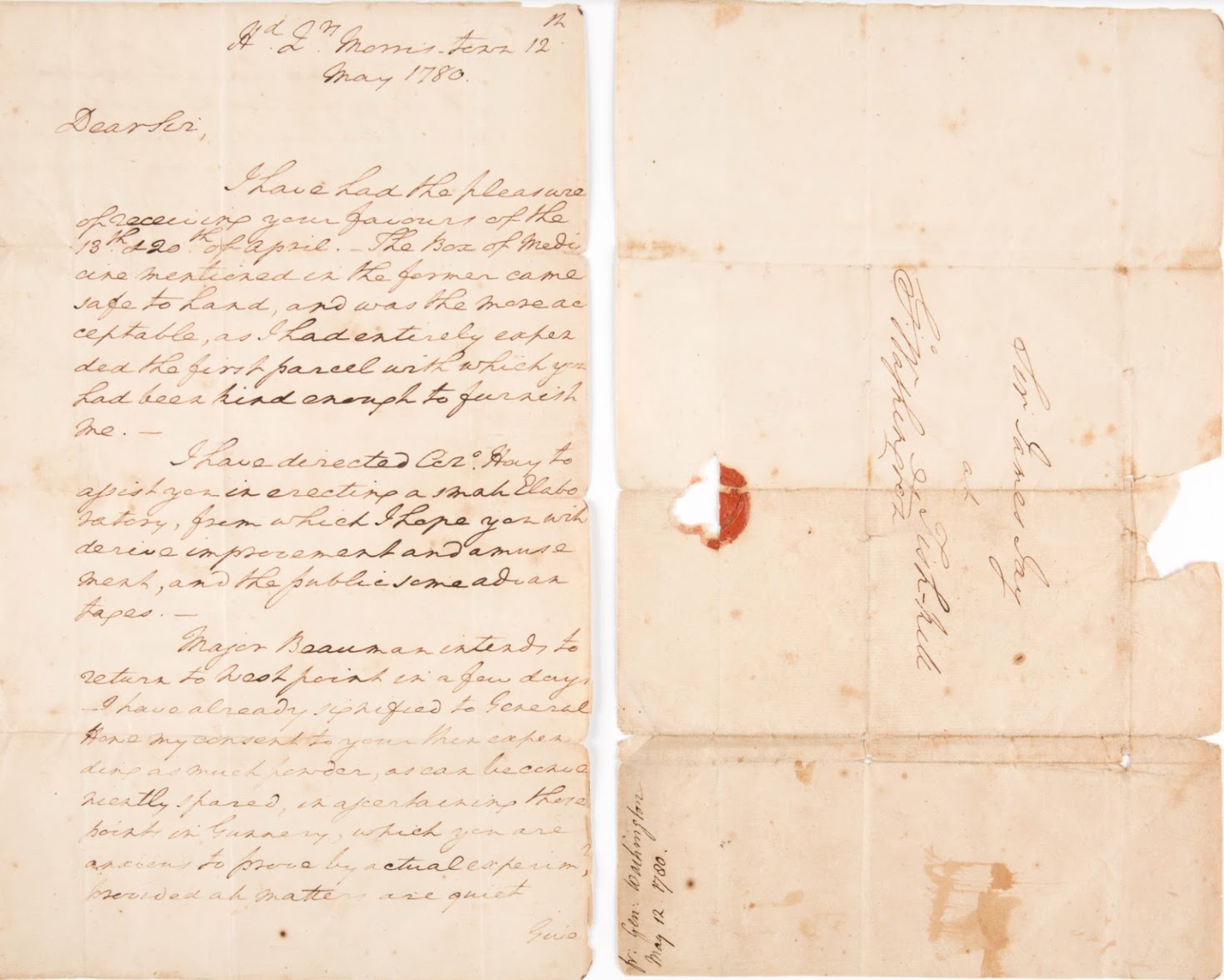
The Culper Spy Ring and American Revolution
Washington’s Culper Spy Ring exchanged letters written either in code or invisible ink that could only be read after being brushed with a chemical compound.
On May 12, 1780, General Washington thanked physician James Jay - brother of Founding Father John Jay - for supplying a batch of invisible ink (the ‘Box of Medicine’) and offered to establish a laboratory so Jay could manufacture more: “I hope you will derive improvement and amusement, and the public some advantages,” Washington wrote.
Washington’s historical letter is part of the SPYSCAPE exclusive collection, which also includes a famous ring once owned by British spymaster Major John André.
Washington faced a grim situation in the mid-1770s. The Thirteen Colonies of Great Britain in North America had adopted the Declaration of Independence on July 4, 1776 but the American Revolution was underway. Britain controlled New York City and Washington desperately needed intelligence from behind enemy lines to defeat the British forces. Here are some of the more colorful spies, heroes, and enemies of the era.
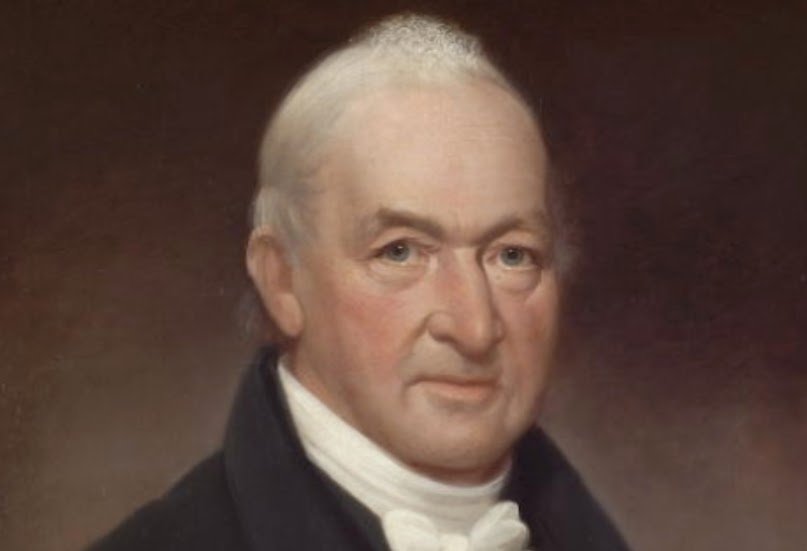
1. Spymaster and Major Benjamin Tallmadge
Tallmadge was a 21-year-old Yale graduate and schoolmaster considering a career in law when he accepted a lieutenant's commission. Trusted by Washington, he was quickly promoted and became his spymaster in 1778, operating under the codename ‘John Bolton’. Tallmadge drew from a network of close friends and associates on Long Island - locals who could gather intelligence about British plans in and around New York City. They wrote him letters either in code or invisible ink that could only be read after being brushed with a chemical compound.

2. Caleb Brewster
Tallmadge’s letters were delivered by a secure courier, Caleb Brewster, who carried messages between Tallmadge and the ring's main spies on Long Island and in New York City. Brewster also brought documents to Tallmadge’s coastal Connecticut headquarters by whale boat. His seafaring skills had an added bonus - Brewster could also report on naval activities in the New York City area.
"The brand new social experience where you activate your gaming skills as you train like a spy."
- TimeOut
Take on thrilling, high-energy espionage challenges across different game zones.

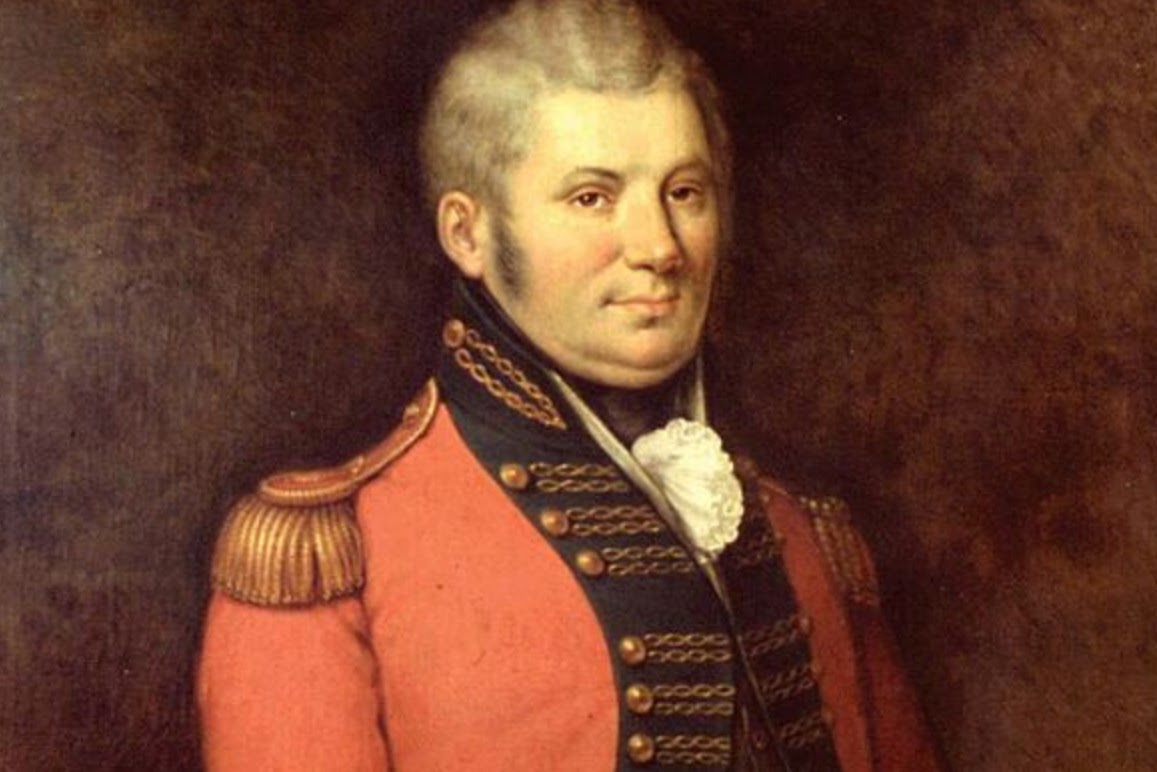
3. Abraham Woodhull (codename Samuel Culper Sr)
Abraham Woodhull and Tallmadge were childhood friends in Long Island. Woodhull was the son of a judge and historians believe that he and his colleagues likely uncovered Benedict Arnold's treason as well as intelligence that led to the arrest of British Major John Andre, the British spymaster.

4. Robert Townsend (codename Samuel Culper, Jr or 723)
Robert Townsend (played by actor Nick Westrate in the AMC series Turn, above) was recruited by Woodhull. Townsend didn’t want his identity revealed, not even to Washington. He was the ‘inside man’ in New York, mixing with officers and visiting coffee houses and other public places. He also paid careful attention to British troop numbers and movements on land and water. It was Townsend who alerted the Patriots that the Redcoats had obtained the paper Congress used to print money and he helped stop their plans to potentially bankrupt the nation.
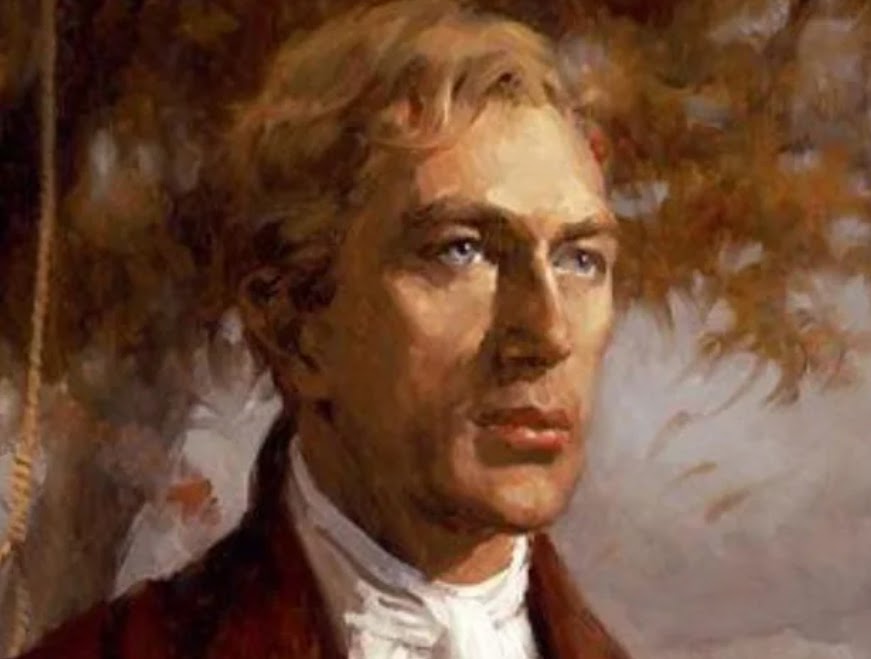
5. Nathan Hale
Nathan Hale attended Yale with Tallmadge and volunteered to go behind enemy lines. He surveyed British fortifications and encampments but Hale blew his own cover. Hale didn’t realize he was speaking to a British agent rather than a Patriot. He was arrested while carrying incriminating documents in his shoes and was hanged. Hale is credited with uttering the famous words: “I only regret that I have but one life to give for my country.”
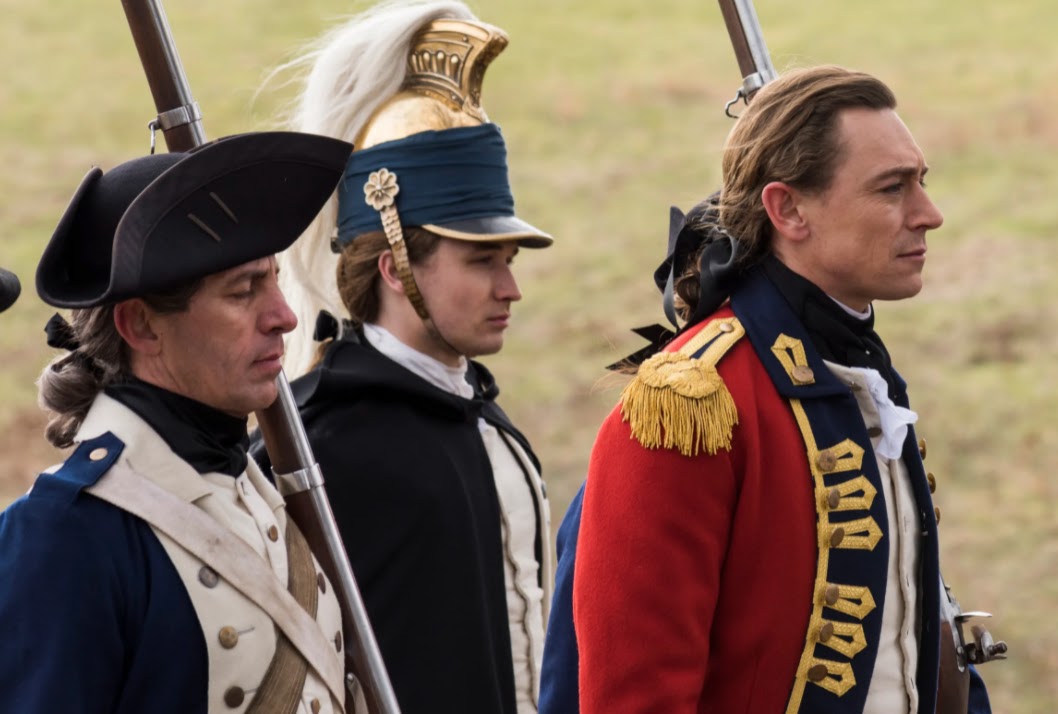
6. British Major John André
John André was a major in the British Army and head of its Secret Service in America. André - played by actor J.J. Field (above, in red) in Turn - plotted with American General Benedict Arnold to take West Point. If they succeeded, the British would have removed the Hudson River from colonial hands and left the French Army vulnerable. André was captured, however, and the plot was revealed. He was executed in 1780.
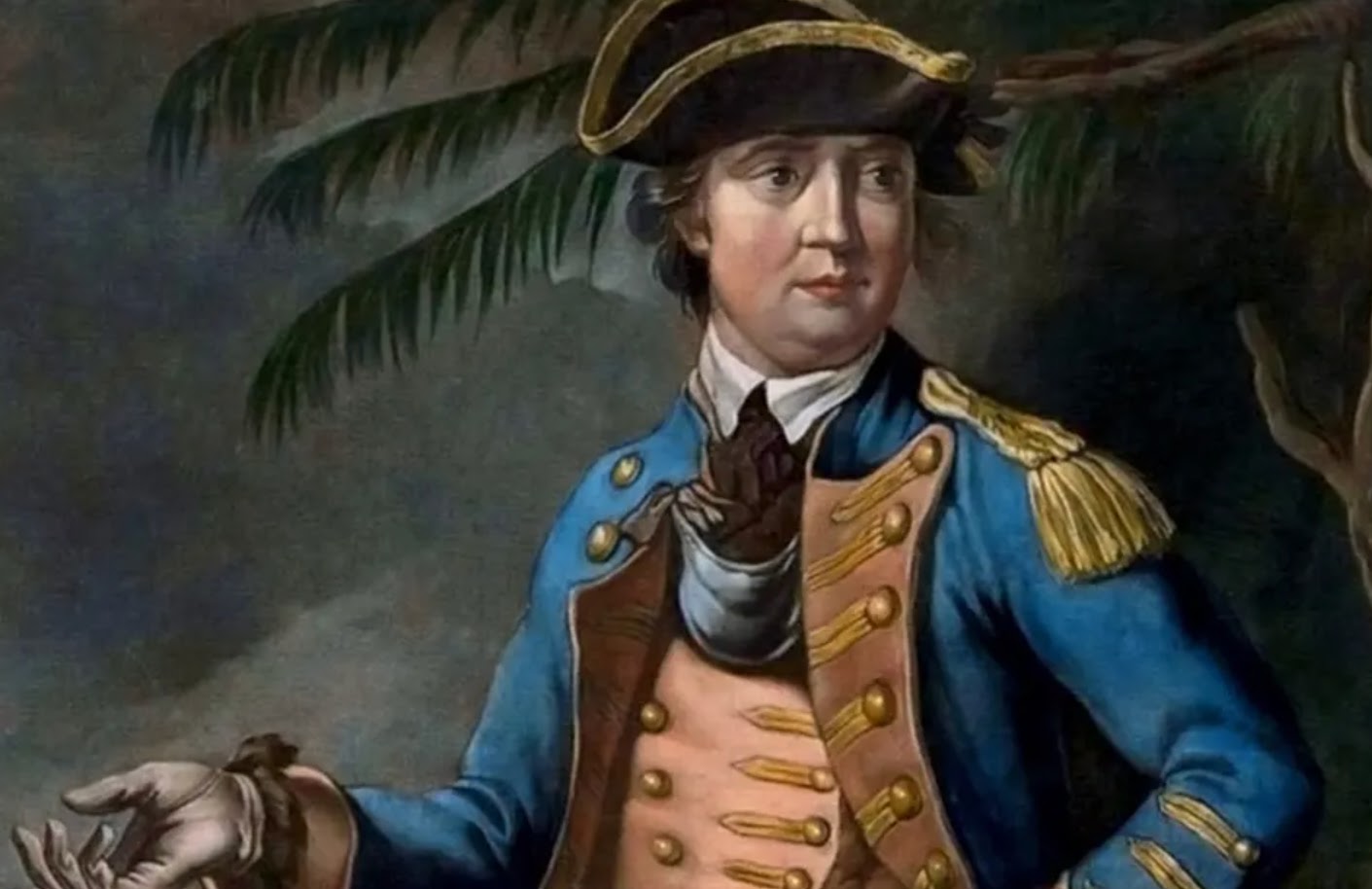
7. Benedict Arnold
Benedict Arnold was an American general who defected from the Continental Army to the British military in 1780. Some believe his second wife was the go-between, convincing Arnold to accept the £20,000 the British promised for the capture of West Point and a commission as a British officer. Arnold switched sides and plotted the surrender of West Point. Fearing capture after the arrest of British Major John André, however, Arnold fled. He is buried in London where his gravestone reads: 'Sometime General in the Army of George Washington.'
British surrender
The American Revolution ended with the help of the French forces and the surrender of the British at Yorktown, Virginia. Effectively, the Americans won independence in 1781 although fighting didn't formally end until 1783. Spymaster Tallmadge enjoyed a successful career as a politician after the war, spending 16 years in the US House of Representatives up to 1817.
SPYSCAPE+

Join now to get True Spies episodes early and ad-free every week, plus subscriber-only Debriefs and Q&As to bring you closer to your favorite spies and stories from the show. You’ll also get our exclusive series The Razumov Files and The Great James Bond Car Robbery!


Gadgets & Gifts
Explore a world of secrets together. Navigate through interactive exhibits and missions to discover your spy roles.
Your Spy Skills
We all have valuable spy skills - your mission is to discover yours. See if you have what it takes to be a secret agent, with our authentic spy skills evaluation* developed by a former Head of Training at British Intelligence. It's FREE so share & compare with friends now!
* Find more information about the scientific methods behind the evaluation here.


Stay Connected
Follow us for the latest
TIKTOK
INSTAGRAM
X
FACEBOOK
YOUTUBE